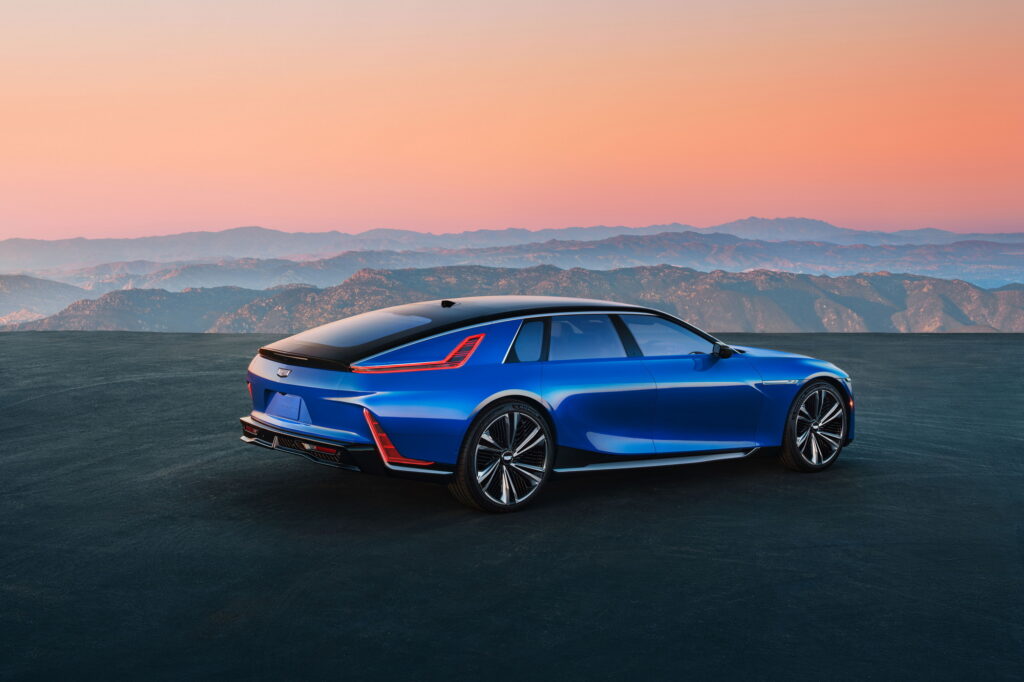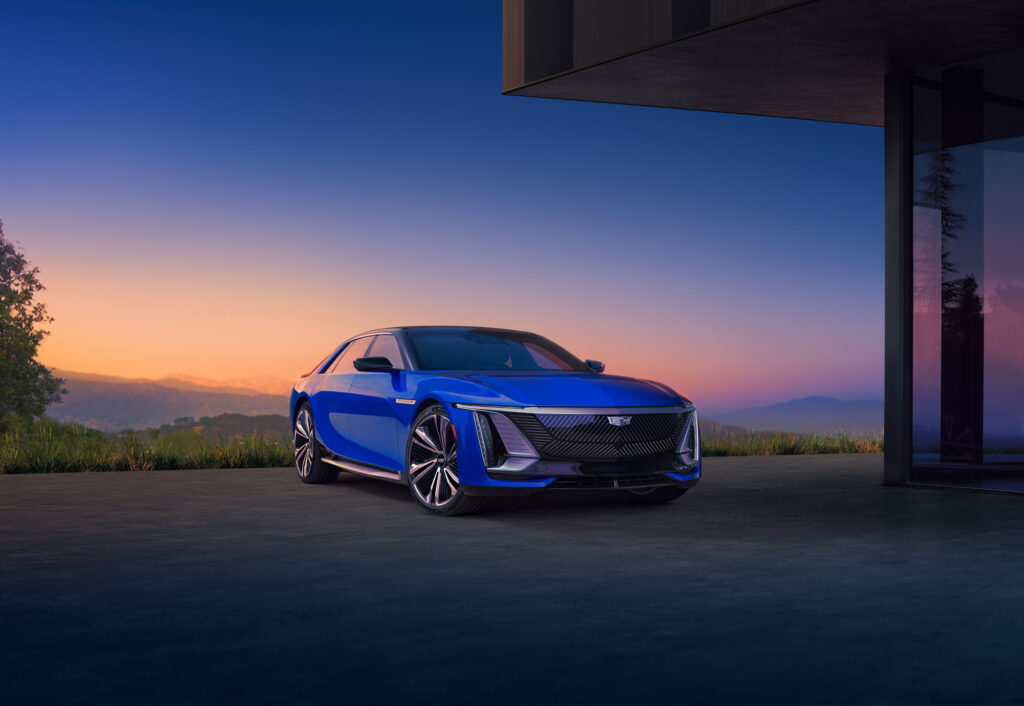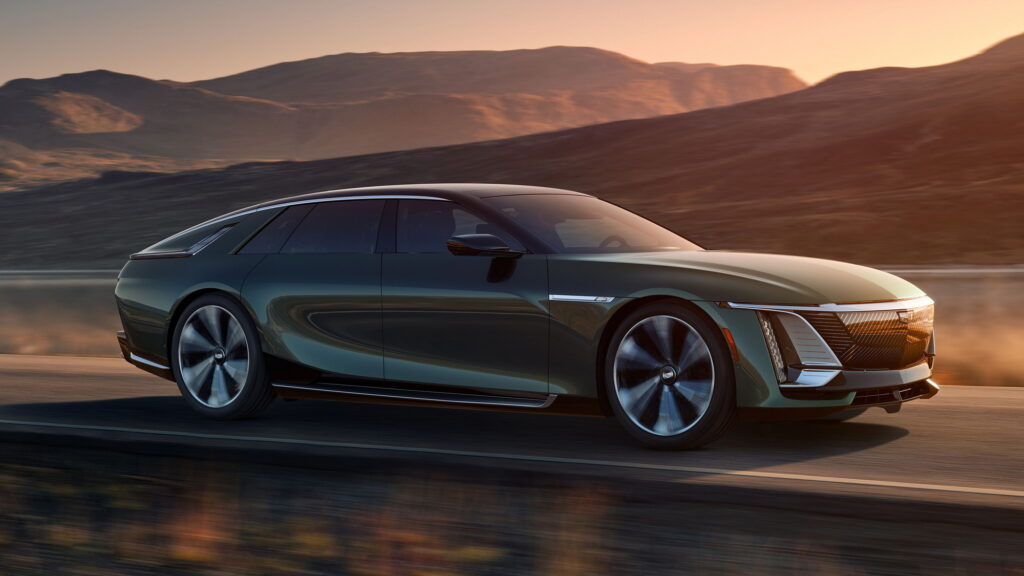General Motors announced that its next-generation advanced driving assistance system, Ultra Cruise, will feature more than 20 sensors, looking inside and out of the vehicle, to ultimately allow its vehicles to take over driving duties in 95 percent of scenarios.
Ultra Cruise will launch on Cadillac’s new halo electric vehicle, the Celestiq. The system will be powered by seven eight-megapixel cameras located on the front, corners, back, and sides of the vehicle to help detect road signs, traffic lights, vehicles, and pedestrians.
In addition, the Celestiq will have four short-range radar sensors placed at each corner. These sense a radius of 90 meters (295 ft), and help give the EV another set of eyes on pedestrians and vehicles.
Read: Fear Of Autonomous Cars Grows Among Americans, Study Shows

They will be complemented by three 4D long-range radar sensors on the front and rear of the Celestiq. These will be used to power tools like adaptive cruise control and lane-change maneuvers at highways speeds, and will also help the car determine safe stopping distances.
To be even more certain that it can see everything on the road, the Celestiq will also have a LiDAR sensor located behind the windshield. It will help produce a three-dimensional view of the road ahead, to help detect even more subtle things, like lane markings and weather conditions.
As for the interior of the vehicle, the Celestiq will also have a small camera pointed towards the driver that uses infrared light to help monitor their head position and eyes in relation to the road, to ensure that they are always paying attention.
All of these sensors will work together through something called “sensor fusion” that GM says will provide Ultra Cruise with a full view of the road. The information will be interpreted through a scalable computing architecture that is powered by chips from Qualcomm Technologies.
Ultimately, the automaker says that, together, these chips will eventually allow its vehicles to use Ultra Cruise on nearly every paved road in the U.S. and Canada, including highways, rural roads, suburbs, and city streets.





